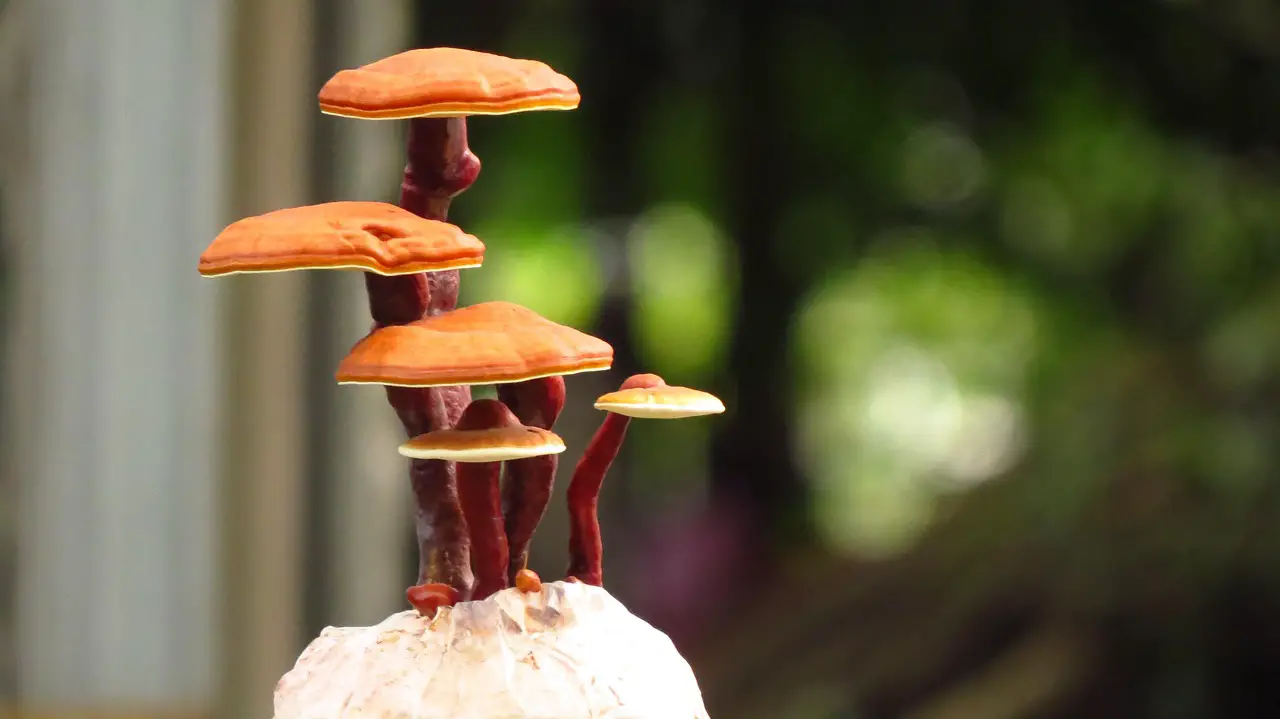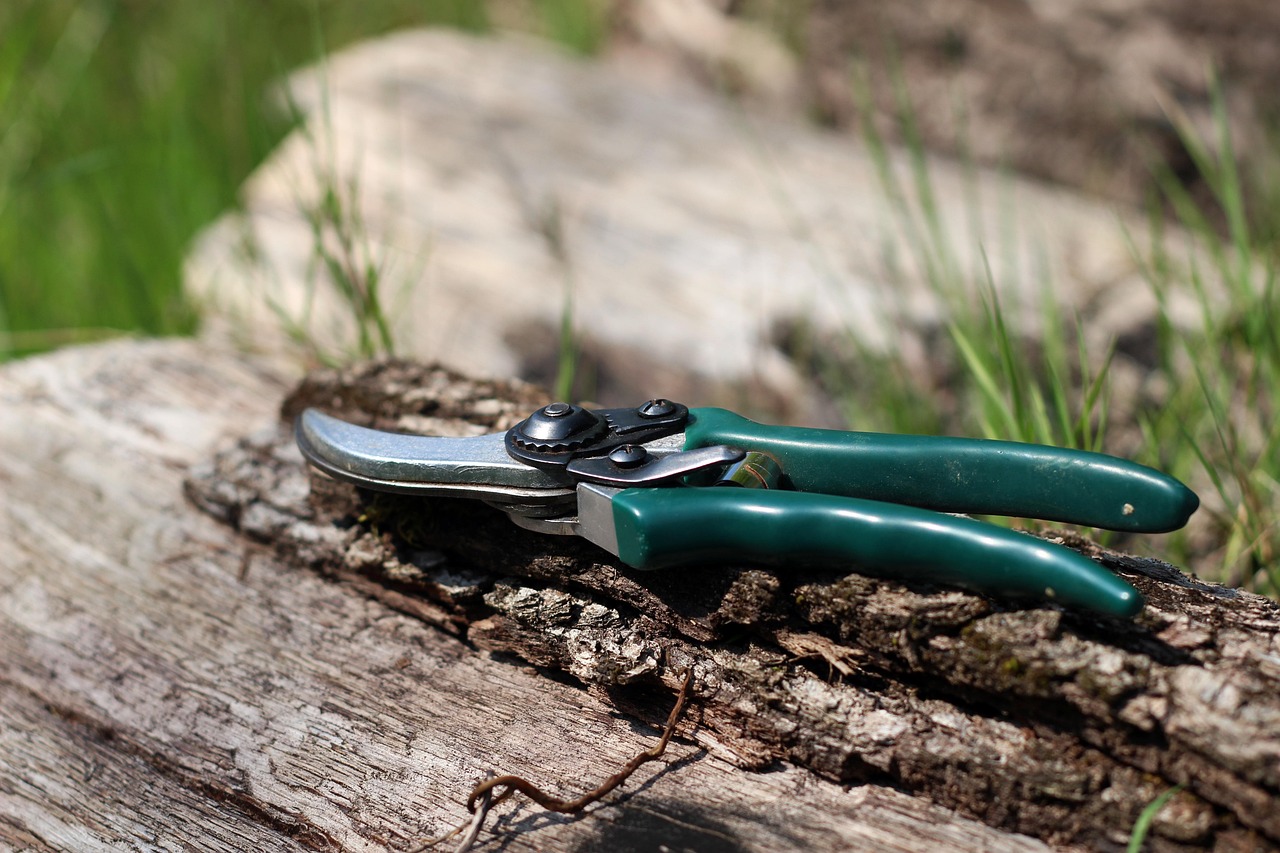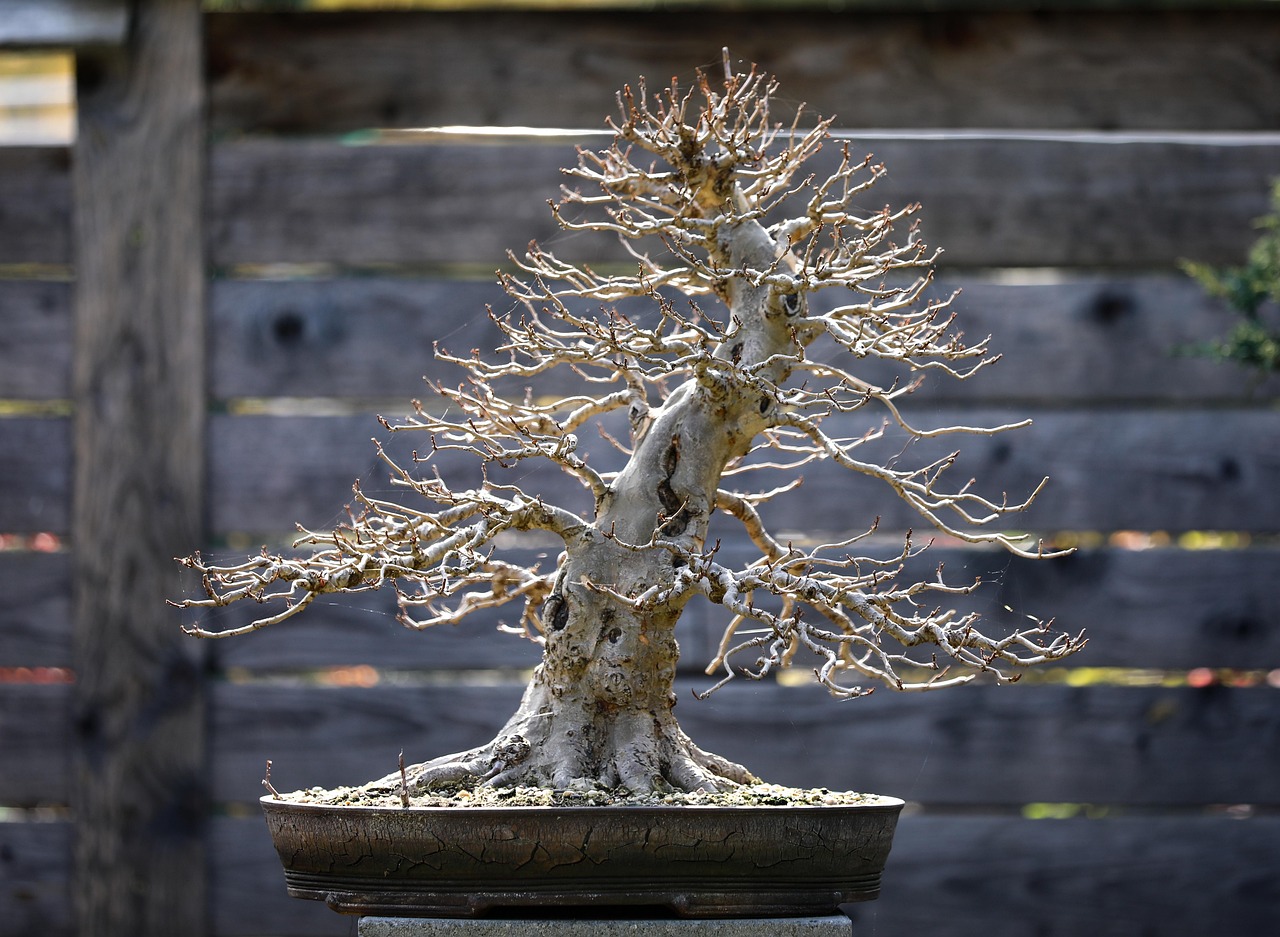My Personal Journey with Advanced Bonsai Pruning
Mastering advanced bonsai pruning combines science, skill, and patience. Knowing the right techniques, timing, and species-specific practices ensures healthy growth and elegant shape. This guide highlights key methods, tools, and tips to help enthusiasts deepen their pruning skills and create stunning, miniature living artworks.
Understanding Advanced Pruning Techniques
Pruning is, in my honest opinion, the heartbeat of bonsai cultivation. It’s fascinating how a well-placed cut not only molds the tree’s shape but also stimulates vibrant growth. I always remind myself that each species reacts differently—what works wonders for a juniper might not suit a maple—and understanding these nuances is key. My biggest tip? I always research my tree species thoroughly before attempting major cuts, so I don’t unintentionally stress or harm them.

Over the years, I’ve learned to recognize different pruning methods, each serving a purpose that aligns with my goals—whether I want to refine the shape or boost overall health. Here are some techniques I always keep in my toolkit:
- Structural Pruning: I always start with this to shape the main framework—removing larger branches to give the tree a solid backbone.
- Maintenance Pruning: Regular trimming of new growth keeps my bonsai vibrant and maintains its intended style.
- Pinching: I pinch tips of new shoots quite often—it’s my secret for a bushier, more natural canopy.
- Decandling: For pines, I’ve found decandling to be a game-changer—removing those candle-like new growths promotes back budding and denser foliage.
- Thinning: I tend to thin out dense foliage to improve airflow and sun exposure—trust me, healthy trees love a little breathing room!
Pro-Tips and Common Mistakes to Avoid
When I first started with advanced bonsai pruning, I quickly learned that it’s easy to overdo it. One mistake I made was trimming too aggressively, thinking I needed to create a desired shape quickly. Over-pruning stressed my bonsai and slowed its recovery. Now, I always prune in stages and listen to my tree’s response, giving it time to heal.
I used to neglect the importance of timing, especially during extreme weather. Pruning during a scorching summer day or a freezing winter can do more harm than good. I’ve found that pruning during the tree’s dormancy or mild weather minimizes stress and promotes better healing.
The biggest mistake I see beginners make is rushing into cuts without a clear plan. I used to prune randomly, which resulted in uneven shapes and sometimes damaged branches. Now, I sketch out my desired design beforehand and prune methodically, ensuring each cut contributes to the overall aesthetic.
Another error I made early on was using dull or dirty tools. I learned that tearing bark or leaving jagged edges increases the risk of disease and delays healing. I always keep my tools sharp, clean, and well-maintained—healthier tools lead to healthier trees.
Finally, I underestimated the importance of species-specific care. Each bonsai type has unique growth patterns and responds differently to pruning. I make sure to research my tree’s species thoroughly and tailor my techniques accordingly, avoiding the mistake of applying a one-size-fits-all approach.
The Science Behind Pruning
This might sound complex, but I’ve come to see pruning as a way to influence how nutrients flow within the tree. Every cut I make redirects energy, encouraging growth in specific directions. One thing I always keep in mind: when I cut a branch, I stimulate growth elsewhere—a phenomenon called apical dominance. If I’m strategic, I can balance luscious foliage with structural grace.

In my experience, time is everything. For example, I always prune in late winter or early spring for structural work—because the tree’s dormancy means less stress. Summer calls for gentle maintenance: pinching, thinning, and fine-tuning as the growth races. Fall I see as a good time for light pruning before winter naps, while winter is mainly for removing deadwood and planning ahead. I’ve learned that following these rhythms keeps my trees healthy and thriving.
| Pruning Technique | Purpose | Best Time to Prune |
|---|---|---|
| Structural Pruning | Build a strong framework | Early spring or late winter |
| Maintenance Pruning | Shape and health upkeep | Throughout the growing season |
| Pinching | Encourage bushiness | When new growth appears |
| Decandling | Promote back budding (pines) | Early summer |
| Thinning | Improve light and airflow | Late spring or early summer |
My tip? Always plan your pruning calendar based on your tree’s specific species and local climate—timing can make or break your efforts.
Tools for Advanced Pruning
Over time, I’ve realized that using proper tools makes all the difference. I try to invest in high-quality scissors, cutters, and saws because clean cuts matter—especially for ensuring quick healing and avoiding disease. I always keep my tools sharp and clean, or I risk damaging my precious bonsais.

I always look for:
- Bonsai Shears: For precise work on small branches and leaves.
- Cutters: For thicker branches that need a bit more force.
- Saws: For larger, stubborn branches.
- Wire Cutters: For removing wiring without damaging bark.
- Pliers: Helpful for bending branches or securing wires.
My best advice? Quality tools aren’t just for easier work—they’re for healthier trees. It’s worth investing in the best you can afford.
Mastering advanced pruning is a blend of science, art, and patience. As I continue, I realize that each cut and decision shapes not just the bonsai but also my skills and patience as a gardener. Every tree told a story, and it’s up to me to listen and nurture that story through careful pruning and care.
Timing Your Pruning
I always emphasize timing because I’ve seen firsthand how working at the right moment can make a world of difference. During spring, I attack structure when the trees wake from dormancy—there’s less shock this way. Summer is about maintenance—pinching, thinning, fine-tuning. Fall is gentle pruning to prepare Fmy trees for winter, and winter is mostly for deadwood removal and planning.

For each species, I always try to follow a schedule—some prunes early spring for shape, others in summer to control rapid growth. My key lesson? Don’t rush it—timing is everything. Make sure to research your particular bonsai’s needs, as this can prevent unnecessary stress and keep your miniature tree happy for decades.
Understanding Growth Patterns
Over time, I learned to read my bonsai’s growth patterns. Recognizing whether a tree exhibits strong apical growth or responds well to back budding has helped me develop customized pruning strategies. For example, with pines, decandling is my go-to to encourage dense foliage; with maples, I focus on removing crossing or dead branches to keep the shape elegant.
Paying attention to these traits has helped me make more confident decisions—sometimes, I just observe for a season before making any big cuts.
Techniques for Different Species
I’ve come to appreciate that each bonsai species deserves a tailored approach. Here’s what I always keep in mind:
Pines
- Decandling: Always in early summer for back budding.
- Pine Needle Plucking: I remove older needles to flush out new growth, which improves overall density.
Maples
- Cleansing Pruning: I prune away dead or crossing branches for better airflow.
- Sculptural Pruning: Shape conservatively—I like to preserve their natural grace.
Bodhi Trees
- Pinching: I do this regularly to keep the bushy shape compact.
- Selective Thinning: I thin out dense parts to allow light to reach all areas.
The Role of Wiring in Pruning
Wiring, to me, is the artful partner to pruning. While it’s not a pruning technique itself, effective wiring helps achieve the shapes I envision after I prune. I always select smooth, malleable wire—copper or aluminum—and avoid tight spirals that could hurt the bark.
My personal rule is to check the wires regularly to prevent them from cutting into the bark as the branches grow. Bending and shaping the branches with wire helps me turn cuts into art, creating swooping curves and natural flows.
Common Mistakes in Advanced Pruning
From my experience, even seasoned bonsai enthusiasts stumble at times. I’ve made my share of mistakes, especially over-pruning or rushing the timing. Now I always remind myself:
- Over-Pruning: Less is more—I’ve learned to prune judiciously to avoid stressing the tree. Sometimes I wait a few weeks before removing more foliage.
- Poor Timing: I avoid trimming during extreme heat or cold. Knowing my species’ preferred schedule prevents unnecessary damage.
- Haphazard Planning: I always have a clear idea of what I want the final shape to be—sketching helps me avoid random cuts that can ruin the natural flow.
- Ignoring Species Differences: I study each bonsai’s growth habits to tailor my pruning accordingly.
- Tool Neglect: Dull or dirty tools are a big no-no—they can tear bark or leave jagged edges that heal poorly. I always keep my tools sharp and sanitized.
Aftercare Following Pruning
Pruning doesn’t end with a cut—it’s just the beginning of the healing process. I always make sure my bonsai gets proper aftercare. Watering thoroughly, avoiding direct harsh sunlight immediately after pruning, and waiting a few weeks before fertilizing are my go-to tips. Monitoring the tree closely lets me catch any stress signs early and act accordingly.
Seasonal Pruning Strategies
Every season tells me a different story. I tailor my pruning approach accordingly:
Spring
- I focus on shaping—the trees are just waking up.
- I remove deadwood and thin crowded areas to set a healthy foundation.
Summer
- Regular pinching and thinning to control rapid growth.
- I adjust wiring as needed.
Fall
- I clear away weak or damaged growth to conserve energy.
- I also simplify intricate branches, preparing the tree for winter.
Winter
- Mostly minimal pruning—mainly deadwood removal.
- I use this quiet time for planning and observation.
My secret? Flexibility. Adap
